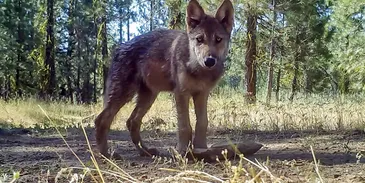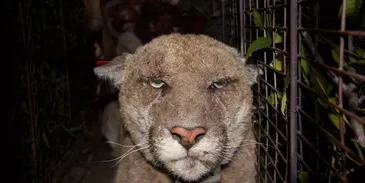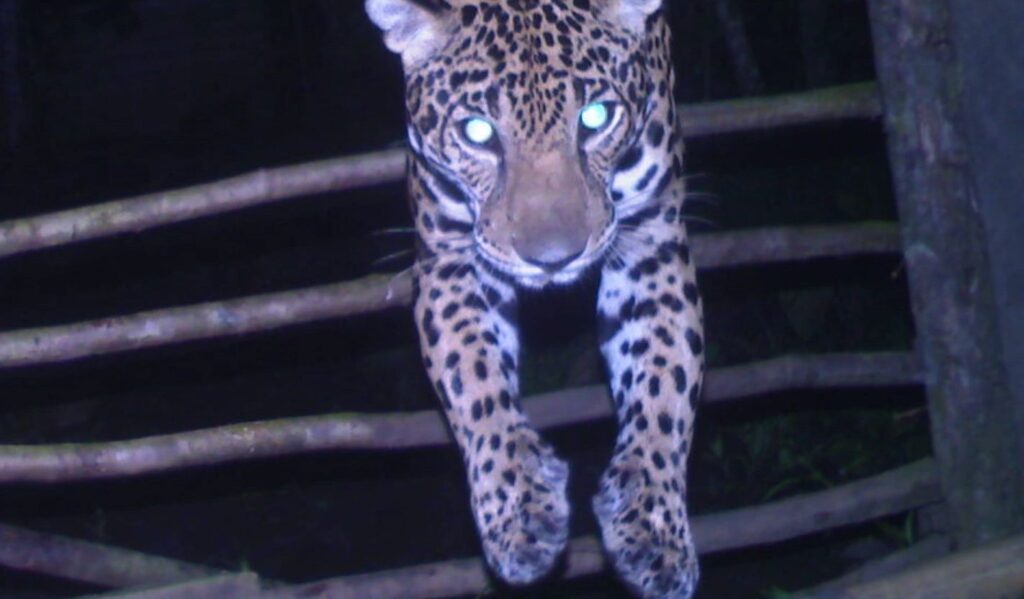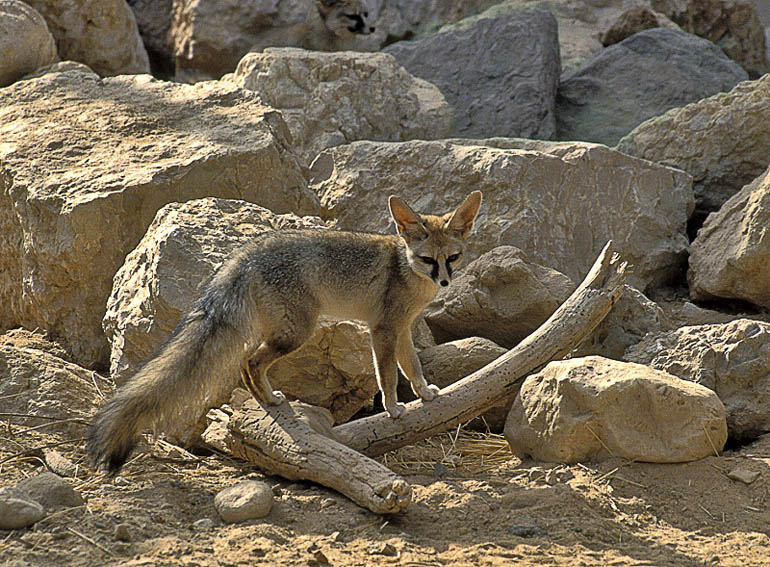All the News You Want To Chew On
LATEST CARNIVORE NEWS
from around the globe!
Commentary, Science, Policy and Practice stories for you to enjoy.
Commentary
Science
What’s This Story About: A newly formed wolf pack has been spotted in Northern California, marking a major milestone in the species’ return to the region. While conservationists are celebrating the comeback, local ranchers are voicing concern over livestock safety and increased tension with wildlife.
Policy
What’s This Story About: California has made a bold move to protect its native predators by restricting all blood-thinning rodenticides statewide. With alarming exposure rates among mountain lions and raptors, the new law aims to stop poisoning the very wildlife these poisons were never intended to harm.
Practice
What’s This Story About: In Costa Rica, ranchers are partnering with conservationists to view jaguars and pumas not as threats, but as allies in restoring ecological balance. Through support from organizations like Panthera, coexistence strategies are replacing conflict, with ranchers adapting to live alongside these apex predators.




That’s a bloodbath: How a federal program kills wildlife for private interests [National public radio – October 10, 2024]